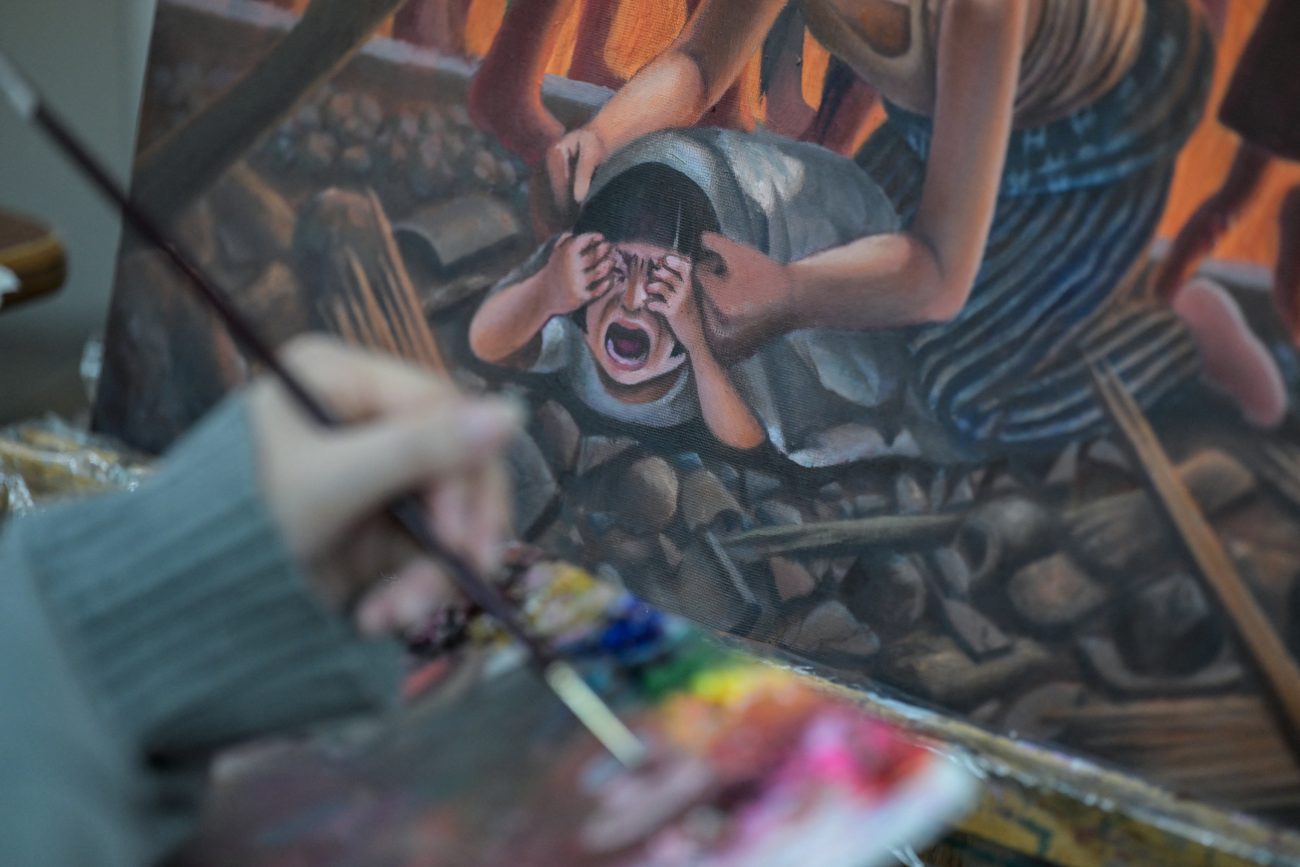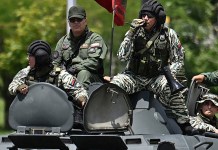Recently, the mayor of ‘nuked’ Japanese city Hiroshima said that US President Donald Trump should visit Hiroshima to see the effects of nuclear weapons after the US president likened the 1945 atomic bombings to recent air strikes on Iran.
“It seems to me that he does not fully understand the reality of the atomic bombings, which, if used, take the lives of many innocent citizens, regardless of whether they were friend or foe, and threaten the survival of the human race,” Mayor Kazumi Matsui told reporters.
“I wish that President Trump would visit the bombed area to see the reality of the atomic bombing and feel the spirit of Hiroshima, and then make statements,” Kazumi said.
The United States dropped an atomic bomb on Hiroshima on August 6, 1945, and then another on Nagasaki three days later. Shortly thereafter, Japan surrendered, bringing an end to World War II.
Around 140,000 people died in Hiroshima and about 74,000 others in Nagasaki, including many from the effects of radiation exposure. It was the only time that atomic weapons were used in warfare.
“I don’t want to use an example of Hiroshima, I don’t want to use an example of Nagasaki, but that was essentially the same thing,” Trump said. “That ended that war and this ended (this war),” Trump said at a NATO summit in The Hague.
His comments prompted anger from survivors and a small demonstration in Hiroshima. Last week, the city’s assembly passed a motion condemning remarks that justify the use of atomic bombs.
Hiroshima Horror With Art
Trudging through the ruins of Hiroshima after the US atom bombing four days before in 1945, five-year-old Masaki Hironaka clutched his mother’s hand and silently vowed to protect her.
It’s one of many scenes from 80 years ago this August still etched in the octogenarian’s memory — and now depicted vividly by Japanese teenagers on canvas.
For almost 20 years, Motomachi High School in Hiroshima has tasked its art students with interviewing hibakusha — atom bomb survivors — and turning their harrowing testimonies into paintings.

Showcased recently by the school ahead of the August 6 anniversary were 15 new artworks, including scorched soldiers writhing in pain, and a horror-stricken girl surrounded by an inferno.
“I think the painting very accurately captures my feelings at the time,” Hironaka told AFP, nodding with satisfaction at one such piece that immortalised an “unforgettable page of my life”.
“It’s authentic, and very well drawn.”
Schoolgirl Hana Takasago’s evocative art shows a young Hironaka looking up at his mother as they plod through what remains of Hiroshima on August 10, 1945, with fires still lingering.
A few days before, his father had come home heavily burned by the blast and asked Hironaka to yank out a glass shard stuck deep into his flesh.
He died soon afterwards.
The widowed mother, clasping Hironaka’s tiny hand and with his younger sister strapped on her back, is depicted gazing down and mumbling to him about her fears.
“In that moment, I was gripped by the strong determination to help and support her, young as I was. That’s the feeling captured here,” said Hironaka.
Inner Struggle
The “Little Boy” bomb dropped on Hiroshima killed around 140,000 people, including many who died from radiation.
Motomachi High is now an integral part of what was originally the Hiroshima Peace Memorial Museum’s initiative, which has, over the years, birthed more than 200 artworks.
The idea is to keep memories of the bombing relevant for younger generations.
In the last eight months or so, witnesses, including Hironaka, sat down with students every few weeks to review their works in progress, sometimes requesting a drastic re-do.
“I originally had Mr. Hironaka and his mother face straight ahead, but he told me that their looking ahead doesn’t really convey her inner struggle at the time,” Takasago, 17, told AFP.
“Since I’ve seen none of these described scenes myself, I was never confident that my depictions were accurate,” she said in the school’s cluttered art room.
The same went for Yumeko Onoue, 16, whose art depicts pumpkins that Hironaka remembers were covered in soot from radioactive “black rain”.
Having initially drawn the fruit’s leaves to face upward with vitality, she “completely re-drew them to wilt,” to match Hironaka’s memory.
“While photos from that era were mostly black and white, paintings can add colour and emphasise key elements, making them, I think, ideal for expressing intended messages,” Onoue said.
Many of these teens relied on their imagination and perused historical documents.
Immersing themselves in the carnage took a toll on some, such as Mei Honda, 18, who described the “emotionally draining” task of depicting charred skin and flesh dangling from people’s arms.
Based on what one hibakusha witnessed, her painting showed one such woman gulping water.
“I initially depicted her arms pressed against her torso, but skin contact would have hurt her badly because of the burns,” Honda said.
Recent data showed that the number of survivors from the bombings is now below 100,000, with the average age 86 years old.
“We are probably the last generation to have the opportunity to listen face-to-face to the experiences of hibakusha,” Aoi Fukumoto, a 19-year-old Motomachi High alumna, told AFP.
This sense of crisis was instilled in other participants, including Takasago, by the project this year.
“Before I embarked on this project, what the atomic bomb did had always felt distant to me, even as a Hiroshima native,” she said.
But that changed after she lived vicariously through Hironaka’s story.
“I can no longer remain a bystander,” she said.
Via: Agence France-Presse




